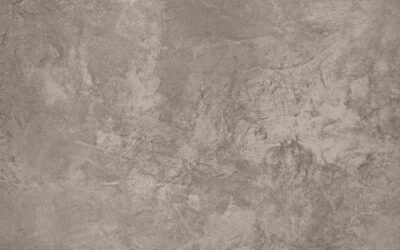Treating wood for exterior use is key to ensuring its durability and beauty over time. Wood exposed to the elements can suffer damage from moisture, sun and pests. This guide will provide you with essential steps and tips to protect and maintain outdoor wood.
Understanding the importance of wood treatment
Why wood needs to be protected
Wood is a naturally beautiful material but susceptible to the elements. Without proper treatment, wood can rot, warp or become infested by termites and other insects. Proper treatment not only preserves the structural integrity of wood, but also maintains its aesthetics. In addition, properly treated wood can better resist water damage and UV rays, significantly prolonging its lifespan.
Wood types and their characteristics
Different types of wood have different characteristics and require different treatment approaches. Hardwoods such as oak, teak or ipe are more resistant to weathering and may require less maintenance, while softwoods such as pine or spruce are more susceptible to damage and require more intensive treatment. Understanding the type of wood you are using is critical to choosing the most appropriate treatment.
Contact our professionals to paint your home
Preparation and cleaning of wood for exterior use
Inspection and cleaning
Before applying any treatment, it is essential to inspect the wood for signs of damage or deterioration. Remove dirt, dust and debris with a soft brush or low power pressure washer. For older or weathered wood, you may need to sand the surface to remove peeling paint or a deteriorated finish. A clean, smooth surface is crucial for treatments to adhere properly.
Applying a wood cleaner
After basic cleaning, consider using a specialised wood cleaner to treat any stains, mould or mildew. These products are designed to prepare the wood for treatment, ensuring the surface is in the best possible condition. Follow the product instructions carefully and be sure to rinse the wood thoroughly after applying the cleaner.
Choice and application of treatment products
Selecting the right sealer, stain or paint
The choice of treatment product depends on several factors, including the type of wood, location and exposure to the elements. Clear sealers are ideal for showcasing the natural beauty of the wood, while stains and paints offer more colour options and can provide additional protection. Products with UV protection and water resistance are especially beneficial for exterior wood.
Effective application techniques
Apply the treatment product evenly with a brush, roller or sprayer, following the direction of the wood grain. It is important to apply the treatment on a cool, dry day to allow it to dry and cure properly. It may be necessary to apply several coats, especially on more porous woods or in areas of high exposure.
Regular maintenance and care of treated wood
Annual maintenance schedule
Regular maintenance is essential to preserve the condition and appearance of exterior wood. Check and treat the wood at least once a year. Look for signs of wear, such as discolouration, cracking or peeling of the finish. Annual cleaning to remove dirt, debris and mould growth helps keep the wood in good condition.
Repairs and touch-ups
If you detect damaged or worn areas, it is important to address them quickly. Sand the affected areas and apply a fresh coat of your chosen treatment. For larger repairs or structural problems, it may be necessary to consult a professional.
In summary, properly treating exterior wood is vital to its durability and beauty. With proper preparation, the right choice of product and regular maintenance, your exterior wood will remain in top condition for years to come. Remember, at Bartolomé Bas Pinturas we are here to help you find the best solutions for your outdoor wood projects.
Other publications that may interest you
Colour trends 2024: what’s next for interiors
With the arrival of 2024, new colour trends are set to significantly influence interior design. For painters and decorators, knowing these trends is key to offering up-to-date, cutting-edge services that respond to modern client preferences. This article provides a...
How to paint an exterior concrete façade?
Painting the facade of a house not only improves its aesthetic appearance, but also offers protection against the external elements. In this article, we guide you step-by-step on how to paint an exterior concrete facade, ensuring long-lasting and professional results....
Why does damp come out of the wall?
Dampness in walls can become a real nightmare. Not only do they damage the aesthetics of the home, but they can also cause serious structural problems and affect the health of those who live in these buildings. In this post, we will delve into the causes of this...




